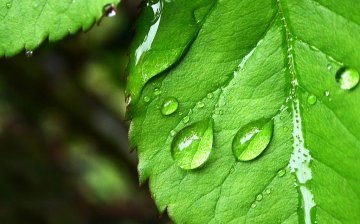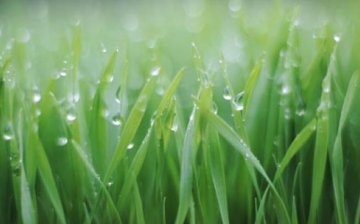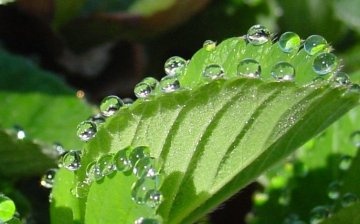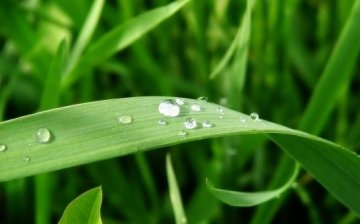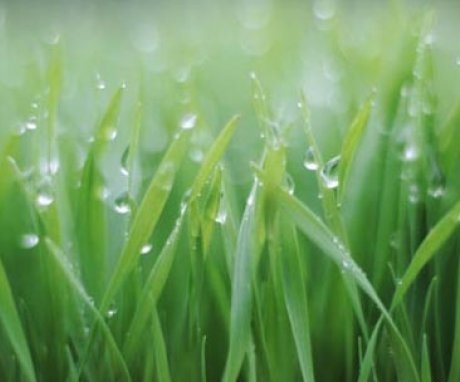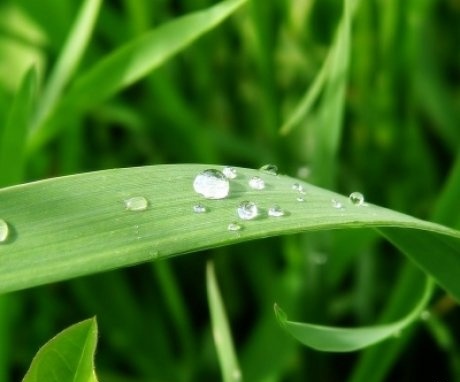How does water exchange in plants take place: processes and movement of water through plants
Without water, no plant could exist. How does water get into the plant and by what force does it penetrate into every cell of the body?
Content:
Processes in the aquatic environment
Science does not stand still, therefore, data on the water exchange of plants are constantly supplemented with new facts. L.G. Emelyanov, based on the available data, developed a key approach to understanding water exchange in plants.
He divided all processes into 5 stages:
- Osmotic
- Colloidal-chemical
- Thermodynamic
- Biochemical
- Biophysical
This issue continues to be actively studied, since water exchange is directly related to the water status of cells. The latter, in turn, is an indicator normal plant life... Some plant organisms are 95% water. Dried seed and spores contain 10% water, in which case minimal metabolism occurs.
Without water, not a single exchange reaction will take place in a living organism; water is necessary for the connection of all parts of the plant and the coordination of the body's work.
Water is found in all parts of the cell, in particular, in the cell walls and membranes, making up the majority of the cytoplasm. Colloids and protein molecules could not exist without water. The mobility of the cytoplasm is carried out due to the high water content. Also, the liquid medium helps to dissolve substances that enter the plant, and carries them to all parts of the body.
Water is required for the following processes:
- Hydrolysis
- Breath
- Photosynthesis
- Other redox reactions
It is water that helps the plant adapt to the external environment, restrains the negative effects of temperature changes. In addition, without water, herbaceous plants would not be able to maintain an upright position.
Fluid engine
Water enters the plant from the soil and is absorbed by the root system. In order for the water current to occur, the lower and upper motors come into operation.
The energy that is spent on the movement of water is equal to the sucking force. The more the plant has absorbed liquids, the higher the water potential will be. If there is not enough water, then the cells of a living organism are dehydrated, the water potential decreases, and the sucking force increases. When a gradient of water potential appears, water begins to circulate through the plant. Its occurrence is facilitated by the power of the upper engine.
The upper end motor operates independently of the root system. The mechanism of operation of the lower end motor can be seen by examining the gutting process.
If the leaf of the plant is saturated with water, and the humidity of the ambient air is increased, then evaporation will not occur. In this case, a liquid with substances dissolved in it will be released from the surface, the process of gutation will occur. This is possible if more water is absorbed by the roots than the leaves have time to evaporate. Every person has seen guttation, it often occurs at night or in the morning, when the air humidity is high.
Gutting is typical for young plants, the root system of which develops faster than the aerial part.
The droplets escape through the stomata, aided by root pressure. When gutted, the plant loses minerals. In doing so, it gets rid of excess salts or calcium.
The second such phenomenon is the crying of plants. If you attach a glass tube to a fresh cut of the shoot, a liquid with dissolved minerals will move along it. This happens because water moves from the root system only in one direction, this phenomenon is called root pressure.
The movement of water through the plant
In the first stage, the root system absorbs water from the soil. Water potentials act under different signs, which leads to the movement of water in a certain direction. The potential difference is caused by transpiration and root pressure.
There are two spaces in the roots of plants that are independent of each other. They are called apoplast and symplast.
Apoplast is a free space in the root, which consists of xylem vessels, cell membranes and intercellular space. The apoplast, in turn, is divided into two more spaces, the first is located before the endoderm, the second after it and consists of xylem vessels. Endodrem acts as a barrier so that water does not pass to the limits of its space. Symplast - protoplasts of all cells united by a partially permeable membrane.
The water goes through the following stages:
- Semi-permeable membrane
- Apoplast, partly siplast
- Xylem vessels
- The vascular system of all parts of plants
- Petioles and leaf sheaths
It moves along the veins along the sheet of water; they have a branched system. The more veins there are on the leaf, the easier the water moves towards the mesophyll cells. in this case, the amount of water in the cage is balanced. The suction force allows water to move from one cell to another.
The plant will die if it lacks liquid and this is not due to the fact that biochemical reactions are taking place in it. The physicochemical composition of the water in which vital processes take place matters. The fluid promotes the appearance of cytoplasmic structures that cannot exist outside this environment.
Water forms the turgor of plants, maintains the constant shape of organs, tissues and cells. Water is the basis the internal environment of plants and other living organisms.
More information can be found in the video.



